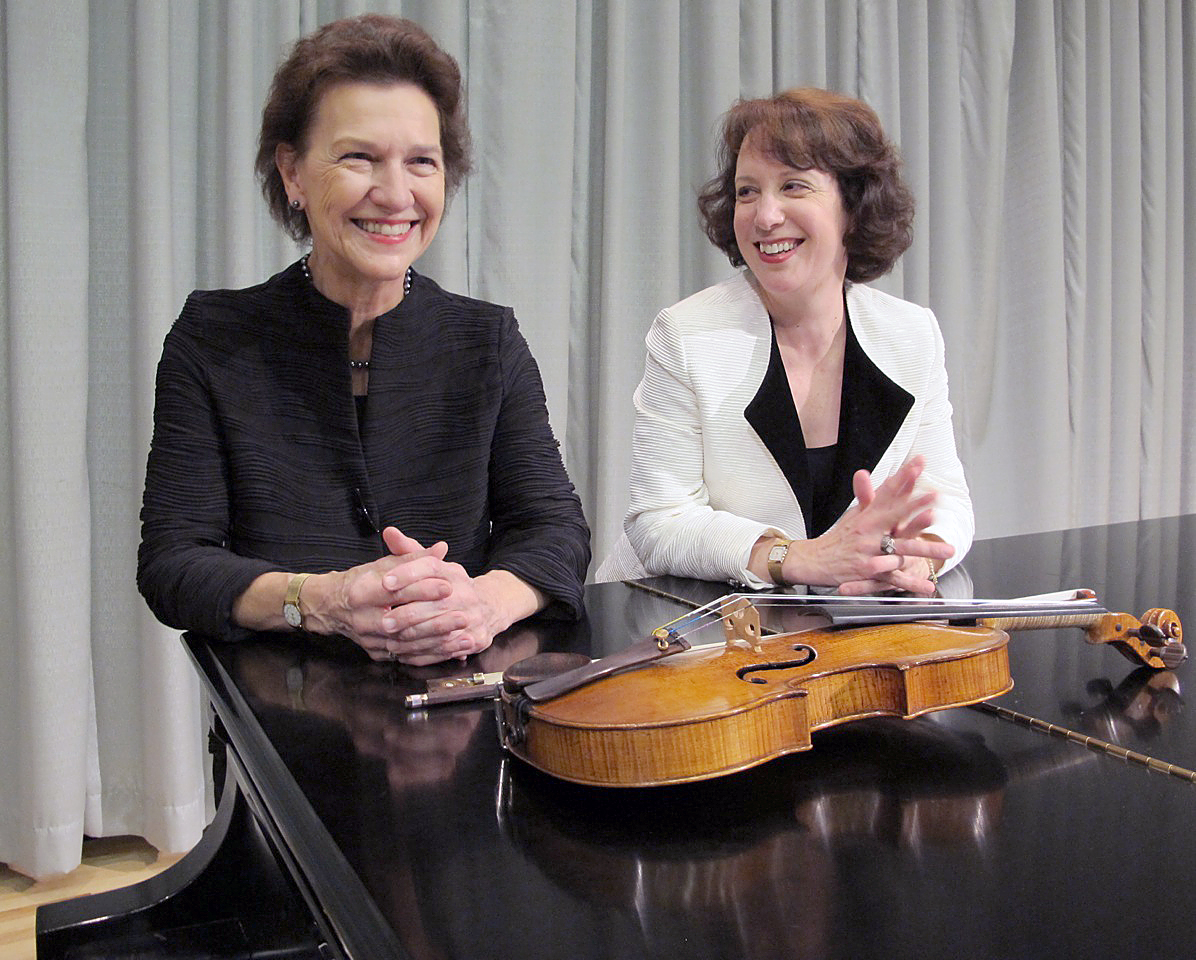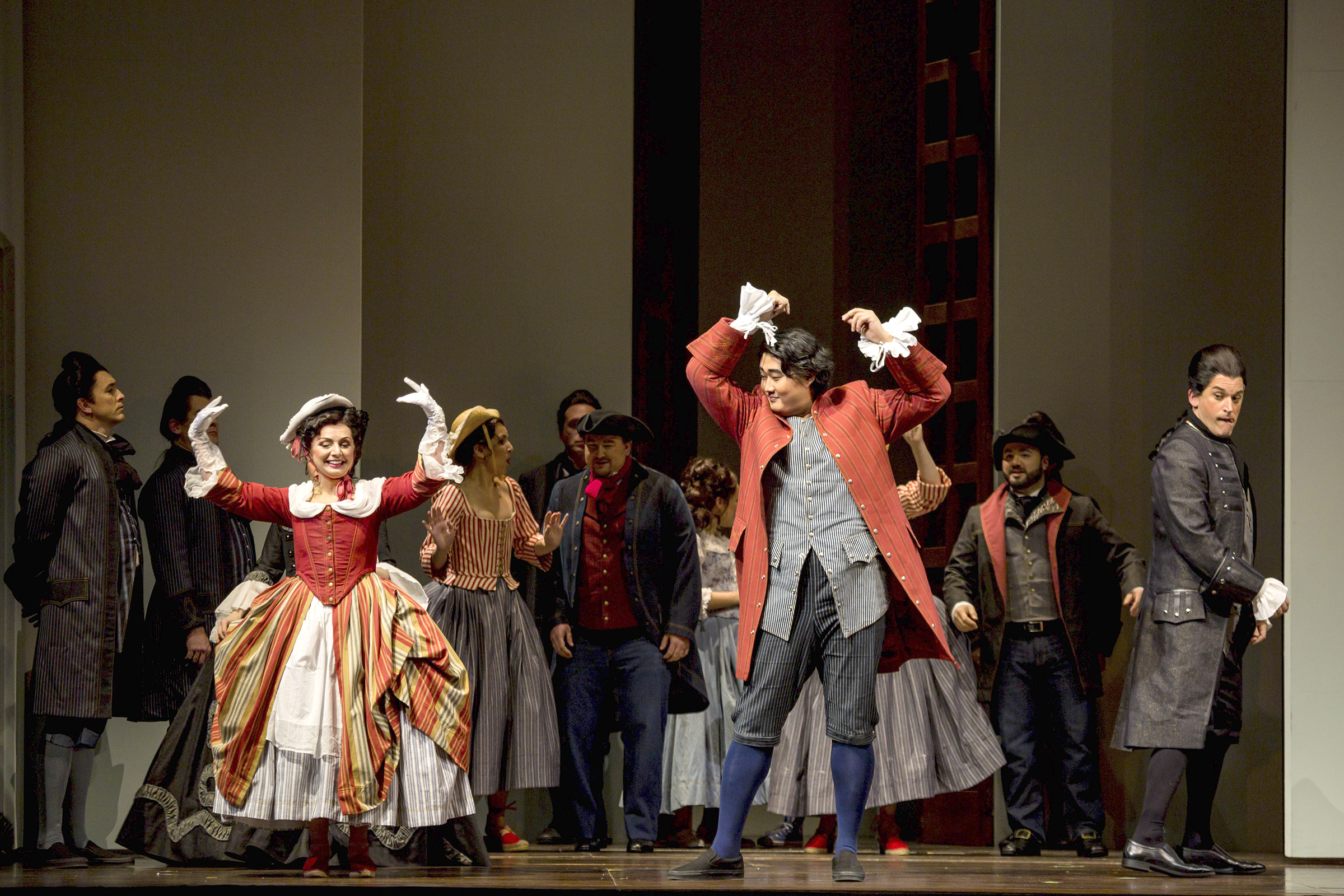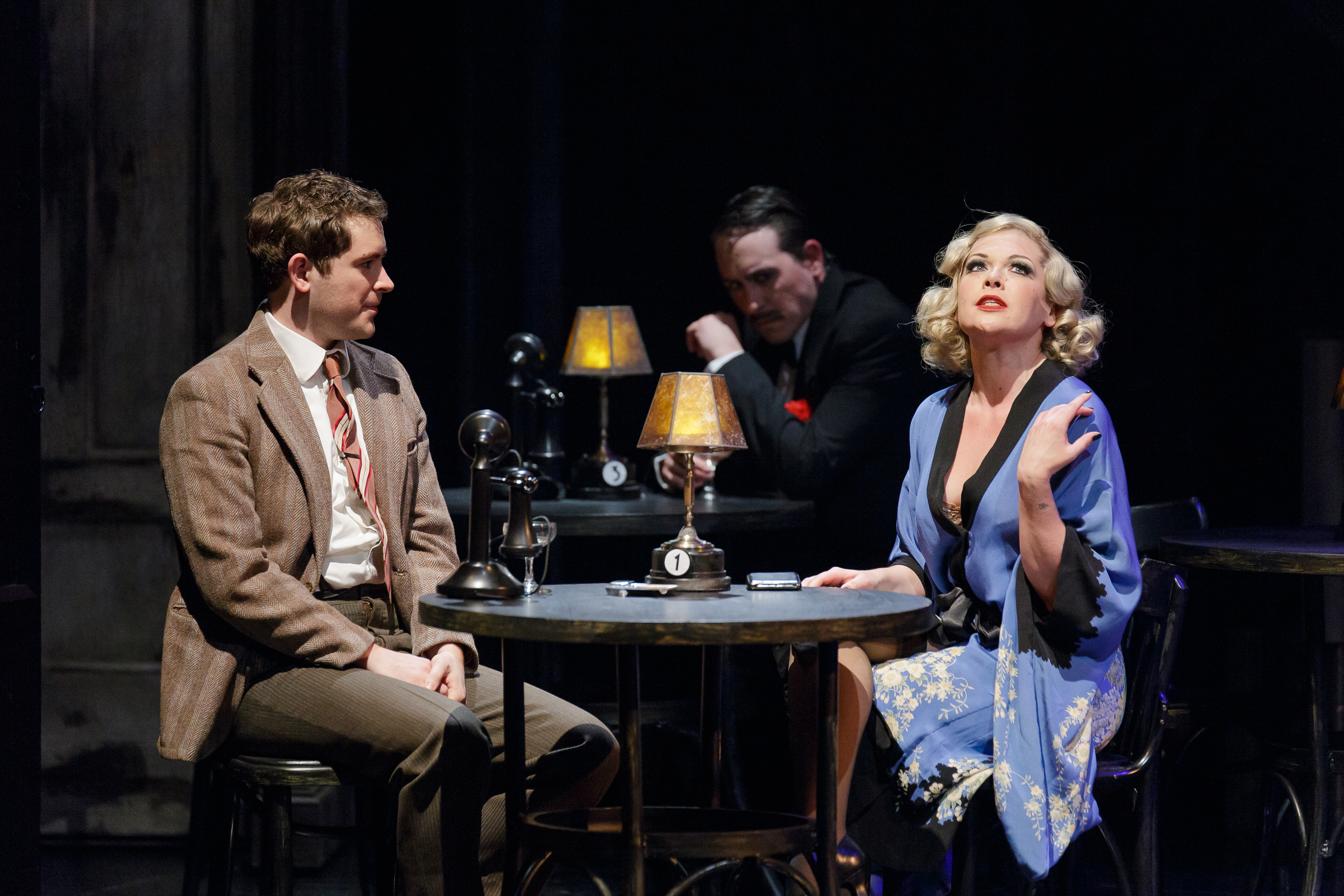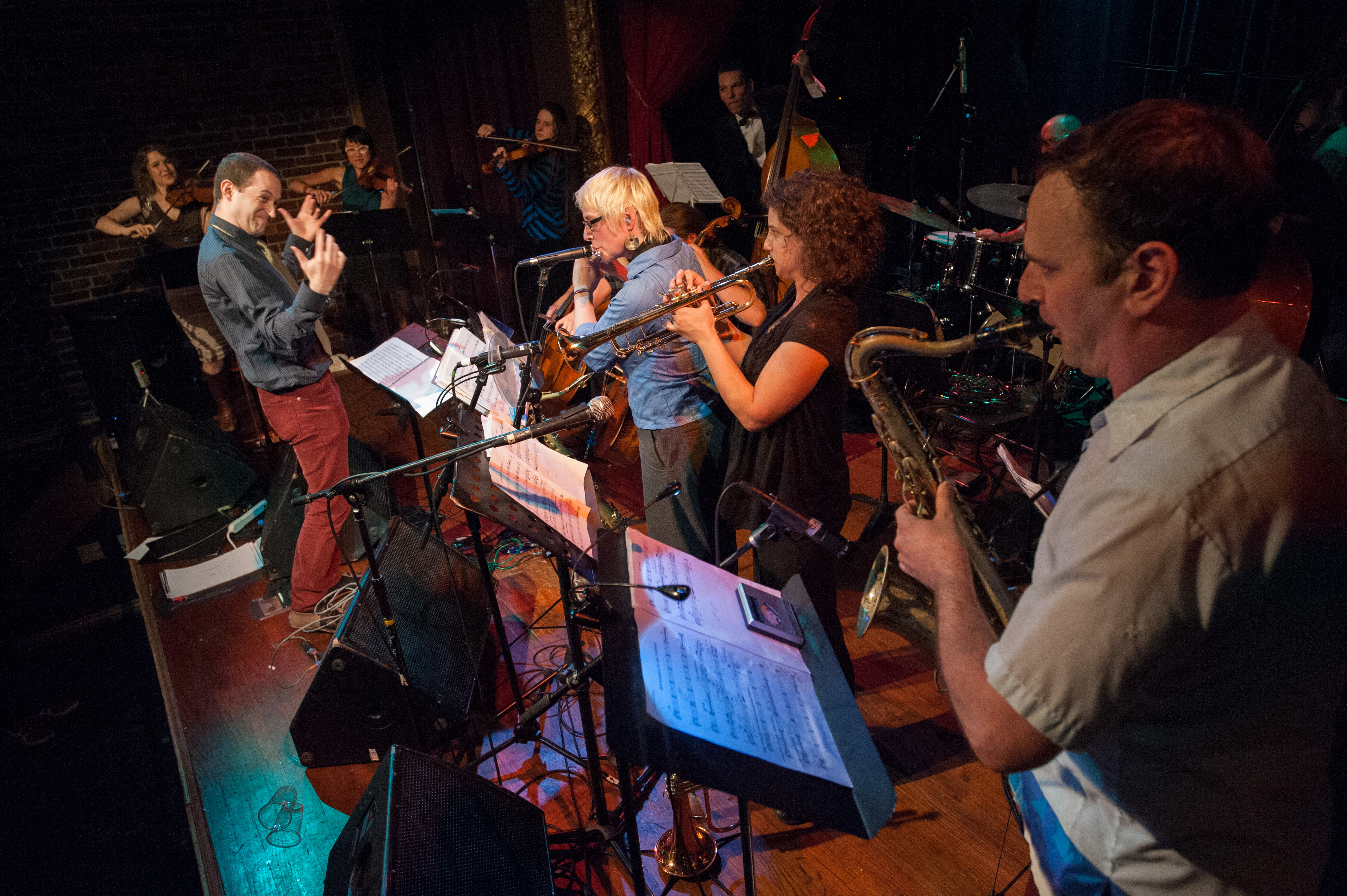We don’t necessarily think of Beethoven’s 10 violin sonatas as being revolutionary in the way that, say, his piano sonatas and string quartets were. But they did set a precedent, establishing the genre once and for all as a duet of equals. Earlier works for this pair of instruments—Mozart’s, for example—focused on the piano; the violin was not completely dispensable, but an enriching addition to a largely self-sufficient piano part. (The reasons were commercial; music that could be played by one or two players sold better.) Beethoven plays with this old-school setup at the opening of his op. 12 no. 2 sonata from 1798; the violin’s galloping oom-pah-pah sounds just like the sort of backgroundy thing the violin has to do a lot of in Mozart’s sonatas. But soon it and the piano are trading ideas, neither one subservient; and the rhythmic tricks Beethoven later plays, with the violin and piano sounding a fraction of a beat out of sync, prove this is music for no fewer than two, since otherwise the joke would obviously be lost. You can hear this sonata played Sunday by UW faculty violinist Maria Larionoff and pianist Robin McCabe at the last in their recital series of all 10 Beethoven sonatas. They follow it with his final two: the op. 96 sonata (1812), all about lyricism, and the longest and most demanding of the group, the “Kreutzer” sonata (1803)—nicknamed for its dedicatee, star violinist Rodolphe Kreutzer, in the hope he’d play it, which he never did. Brechemin Auditorium, School of Music, UW campus, 685-8384, music.washington.edu. $15. 2 p.m. Sun., April 27.
We don’t necessarily think of Beethoven’s 10 violin sonatas as being revolutionary







